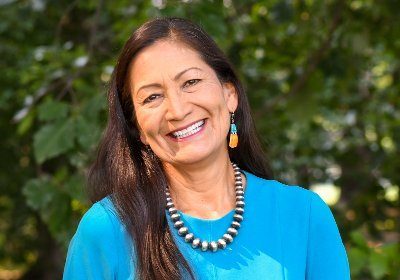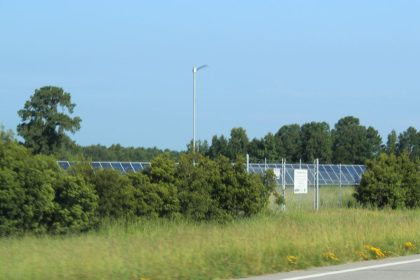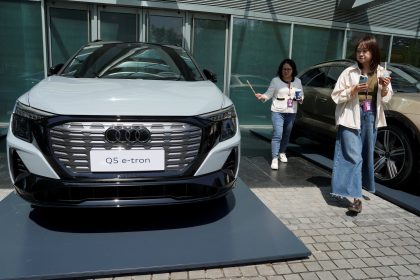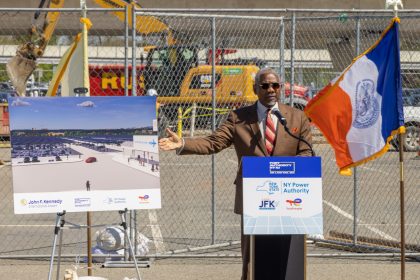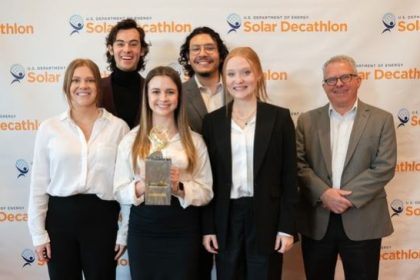Low-Income Communities Show ‘Remarkable’ Interest in Clean Energy Program
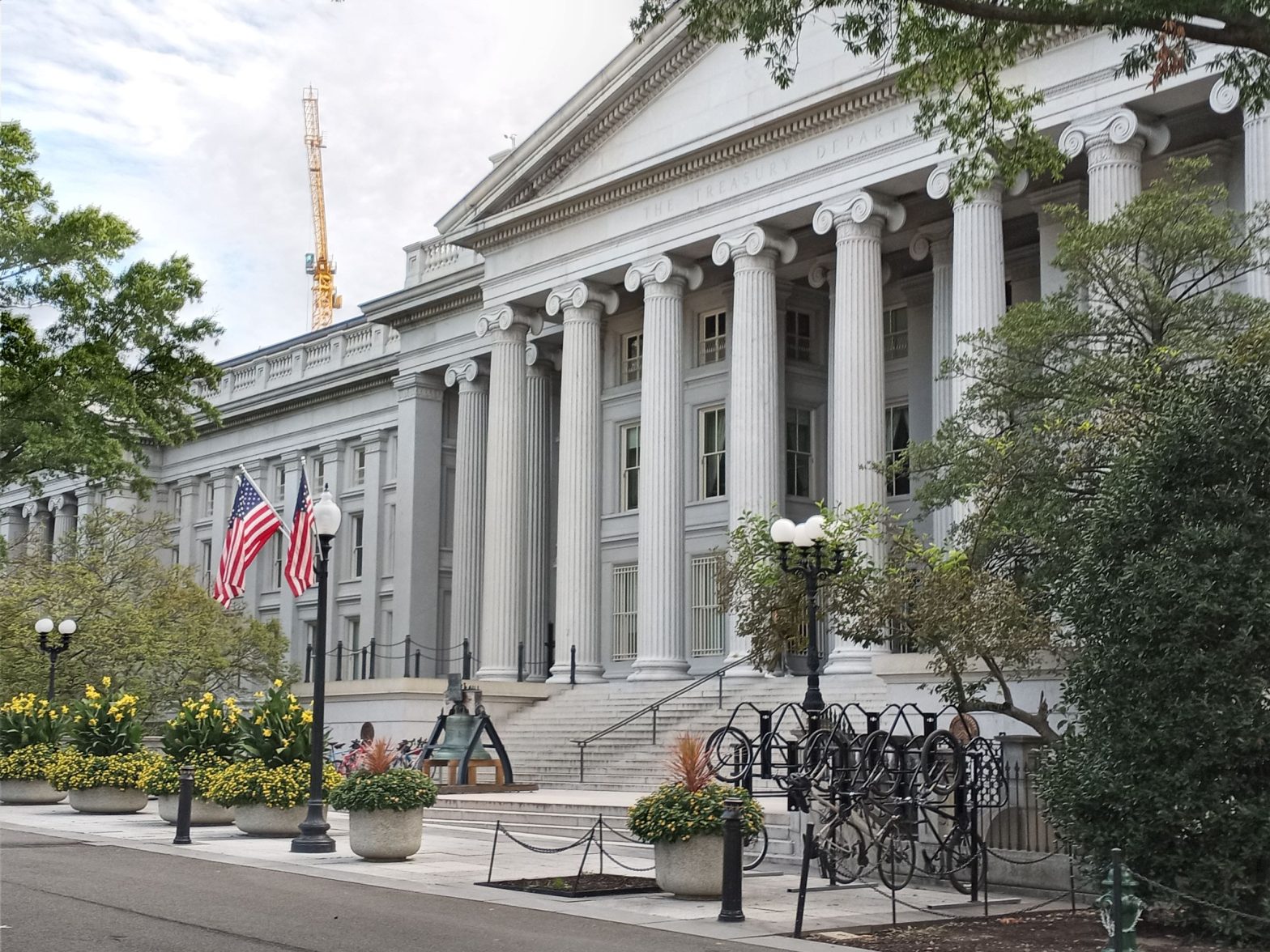
WASHINGTON — A clean energy program created under the auspices of the Inflation Reduction Act has proven to be incredibly popular with the low-income communities it was designed to serve, according to the federal departments administering it.
All told, the Department of Energy, which is administering the Low-Income Communities Bonus Credit Program, said it received more than 46,000 applications for new wind and solar energy facilities to be located in low-income communities or on tribal lands.
Requests came from 48 states and the District of Columbia during the initial 30-day application period, it said.
The program was established by the Department of Treasury and the Internal Revenue Service under section 48(e), which was added to the Internal Revenue Code by the Inflation Reduction Act, to promote cost-saving clean energy investments in low-income communities, on Native American land, as part of affordable housing developments, and benefitting low-income households.
The program prioritizes:
- Increased adoption of and access to renewable energy facilities in underserved and environmental justice communities.
- Encouraging new market participants.
- Providing substantial benefits to underserved communities and individuals who have been historically marginalized from economic opportunities and overburdened by environmental impacts.
A 10-percentage point increase is available to eligible solar and wind facilities that are installed in low-income communities or on Native American land and a 20-percentage point credit increase is available to eligible solar and wind facilities that are part of a qualified low-income residential building or a qualified low-income economic benefit project.
The applications represent more than 8 GWs of generation capacity, or the equivalent power used by 800 million LED light bulbs.
This is more than four times the total capacity available for the 2023 program, the departments said in a joint press release. The 2024 program, opening next year, will unlock additional capacity for this robust demand.
The Treasury Department designed the program to encourage participation by the institutions and communities most impacted by energy insecurity by setting aside 50% of the program’s capacity for projects that meet additional criteria.
Approximately one-quarter of the applications in the first 30 days were for new solar and wind energy facilities meeting additional criteria, indicating they are located in low-income areas where households spend the highest percent of their income on energy, and/or have had the lowest levels of historical investment, or are owned by emerging market participants, such as: tribal enterprises; tax-exempt entities including nonprofits, local or tribal governments; consumer or worker cooperatives; and emerging renewable energy companies.
Applications for the 2023 program year are still being accepted on a rolling basis and applications submitted in categories with remaining capacity will be considered through early 2024. Updates about how much capacity is available by category can now be accessed via a new dashboard on the DOE website.
This groundbreaking program through President Biden’s Inflation Reduction Act — the largest climate investment in history — provides a 10- or 20-percentage point boost to the Investment Tax Credit for qualified solar or wind facilities in low-income communities. The goals of the program are to increase access to clean energy in low-income communities, encourage new market participants and benefit individuals and communities that have experienced adverse health or environmental effects or lacked economic opportunities.
As provided in previous guidance, the Low-Income Communities Bonus Credit Program allocates 1.8 GWs of capacity available through competitive application for the 2023 program across four categories of qualified solar or wind facilities with maximum output of less than 5 MWs.
The IRS previously announced its intention to allocate up to 700 MWs to facilities located in low-income communities; 200 MWs to facilities located on Native American lands; 200 MWs to facilities that are part of federally subsidized residential buildings, including housing supported by the Low-Income Housing Tax Credit and Section 8 of the Housing Act.
An additional 700 MWs were allocated to facilities where at least 50% of the financial benefits of the electricity produced go to households with incomes below 200% of the poverty line or below 80% of area median gross income.
The IRS may choose to reallocate 2023 program capacity between categories, and unclaimed allocations will roll over into the 2024 program, when another base 1.8 GWs of capacity will be available via application.
Dan can be reached at [email protected] and @DanMcCue




















